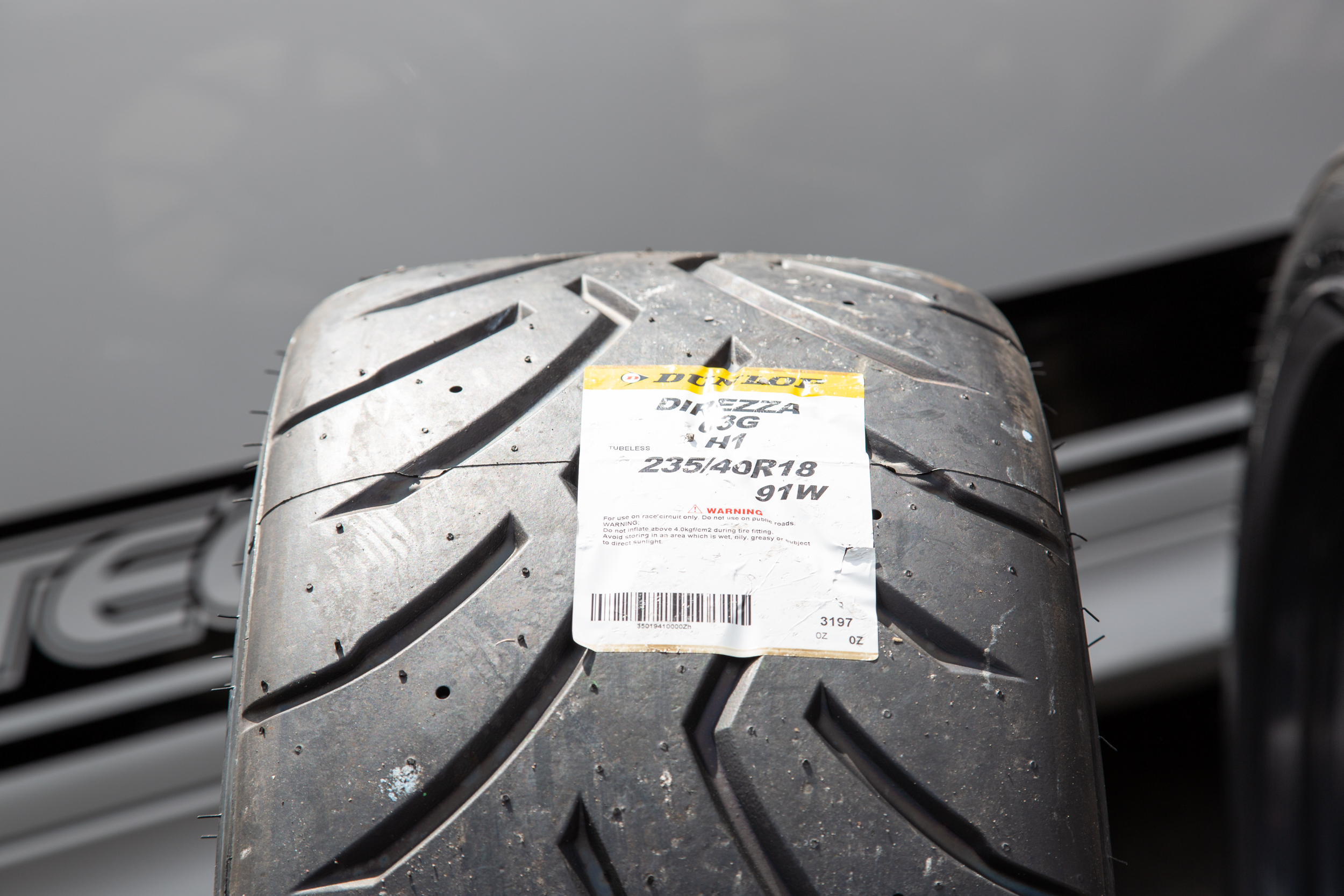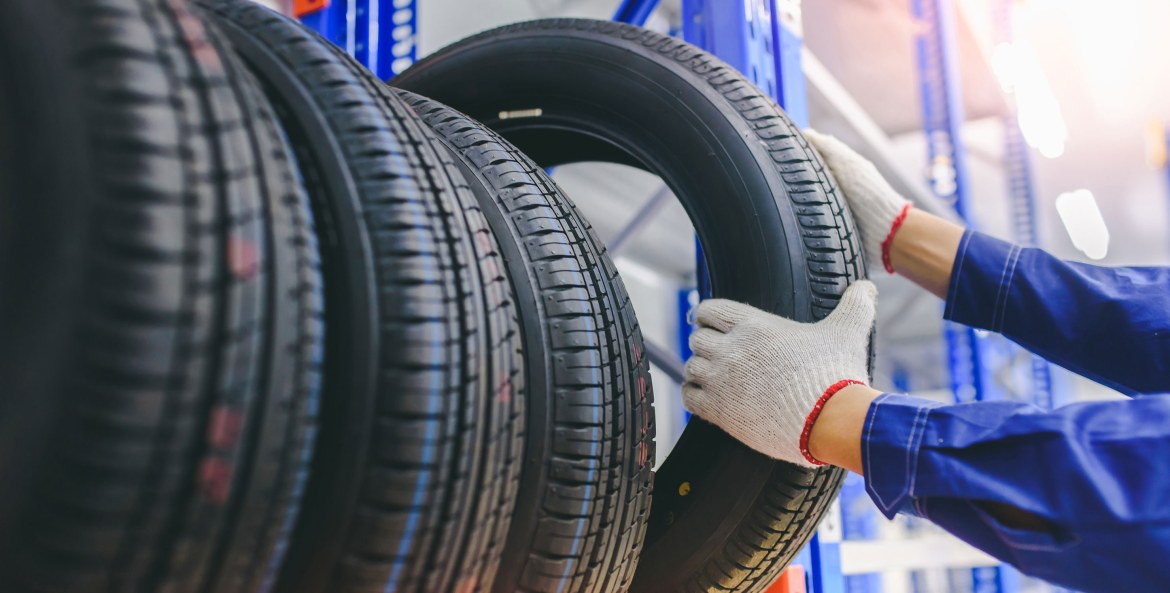All Categories
Featured
Table of Contents
The Michelin supplied a comfy driving experience, characterised by responsive guiding and a dynamic understeer equilibrium. Regardless of the cooler testing problems, Michelin's consistent time and hold over 3 laps shows its suitability for real-world applications.
One more noteworthy element was Yokohama's warm-up time. The tire's very first lap was a second slower than the 2nd, indicating a temperature-related grasp boost. This suggests the Yokohama might beam in dry, race-like problems. However, for day-to-day usage, the Michelin may be a safer wager. Successor was the Hankook.
Affordable Tyre Shop Near Me
It shared Michelin's secure understeer balance yet did not have the latter's readiness to transform. Continental and Goodyear's performances were notable, with Continental's new PremiumContact 7 revealing a substantial enhancement in wet problems contrasted to its precursor, the PC6. This version was much less delicate to pack modifications and behaved just like the Michelin, albeit with slightly much less communication at the limitation.
It incorporated the safe understeer balance of the Michelin and Continental with some flashy handling, confirming both predictable and quick. As an all-rounder for this Golf GTI, Goodyear's Uneven range was the standout, showing outstanding performance in the damp. Lastly, the Bridgestone Potenza Sporting activity took the crown as the fastest tyre, albeit by a tiny margin.
Vehicle drivers looking for an amazing wet drive may discover this tire worth considering. The standout performer in damp braking was the latest tire on examination, the PremiumContact 7, though the results are nuanced.
Tyre Performance Near Me
Ideally, we desired the chilly temperature level test to be at around 5-7C, but logistical delays implied we tested with an ordinary air temperature of 8C and water at 12C. While this was cooler than typical test problems, it was still warmer than real-world problems. The warm temperature level test was done at an average of 18C air and 19C water.
The third run entailed wet stopping examinations on used tyres, especially those machined to 2mm with a tiny run-in. While we meant to do more with these used tyres, climate restrictions limited our screening. Nonetheless, it deserves keeping in mind that damp stopping is most vital at the worn state, as tyres generally improve in completely dry problems as they put on.

Bridgestone, Goodyear, and Michelin saw the least efficiency decrease when put on. The Hankook tire registered the tiniest efficiency decrease as temperature levels cooled down, however it was amongst the most influenced when used.
Honest Tyre Balancing – Noranda
The take-home message below is that no single tire stood out in all facets of damp stopping, showing a complicated interaction of factors influencing tire efficiency under different problems. There was a standout tyre in aquaplaning, the Continental finished top in both straight and curved aquaplaning, with the Michelin and Goodyear likewise excellent in much deeper water.

Yokohama might benefit from slightly more grasp, a concern possibly influenced by the colder problems. As for managing, all tires performed within a 2% array on the lap, demonstrating their high-grade efficiency (Tyre care). Considering these tires basically target the very same client, it's interesting to observe the substantial distinctions in feeling.
The surprise is because the PremiumContact 6 was just one of my favourites for sporty completely dry drives, but its successor, the PremiumContact 7, appears more mature and resembles Michelin's performance. Amongst these, Hankook was the least exact in guiding and communication at the limitation. Car tyres. Both Michelin and Continental provided wonderful first steering, albeit not the fastest
If I were to advise a tyre for a quick lap to a novice, state my papa, it would certainly be just one of these. After that we have the 'fun' tyres, specifically Yokohama and Bridgestone. Both were swift to steer and felt sportier than the others, but the compromise is a much more lively back side, making them extra tough to deal with.
Cost-effective Car Tyres – Bayswater
It provided comparable guiding to Bridgestone yet offered better comments at the limit and better grasp. The Bridgestone Potenza Sport, however, seemed to weaken quite promptly after just 3 laps on this demanding circuit. Last but not least, there's Goodyear, which placed itself someplace in between the enjoyable tyres and those tending towards understeer.
All in all, these tires are superb entertainers. In terms of tire wear, the method made use of in this examination is what the sector refers to as the 'gold requirement' of wear.
Both the Bridgestone and Yokohama tires dramatically underperformed in comparison to the various other four tyres in regards to rolling resistance, with Continental somewhat surpassing the rest. Regarding the convenience level of the tires, as prepared for, the majority of demonstrated an inverted relationship with handling. The Continental, Michelin, and Goodyear tires executed finest throughout numerous surface area types tested.

Bridgestone started to show indications of suppleness, while Yokohama was particularly rough over craters. We did gauge inner sound levels; nevertheless, as is usually the case, the results were carefully matched, and due to weather constraints, we were not able to perform a subjective evaluation of the tyres noise. Finally, we took a look at abrasion numbers, which gauge the amount of tyre walk shed per kilometre, normalised to a one-tonne automobile.
Best Tyre Safety – Noranda
This number stands for the quantity of rubber dust your tyres produce while driving. Michelin led in this category, creating over 9% less rubber particle issue. On the various other hand, Hankook created 32% more. This is a facet I think the industry should concentrate on even more in the future, and it's something Michelin is supporting.
Latest Posts
Tyre And Wheel Services ( Stirling 6059 WA)
Tyre Shop Services Near Me – Bennett Springs WA
Trusted Wheel Alignment